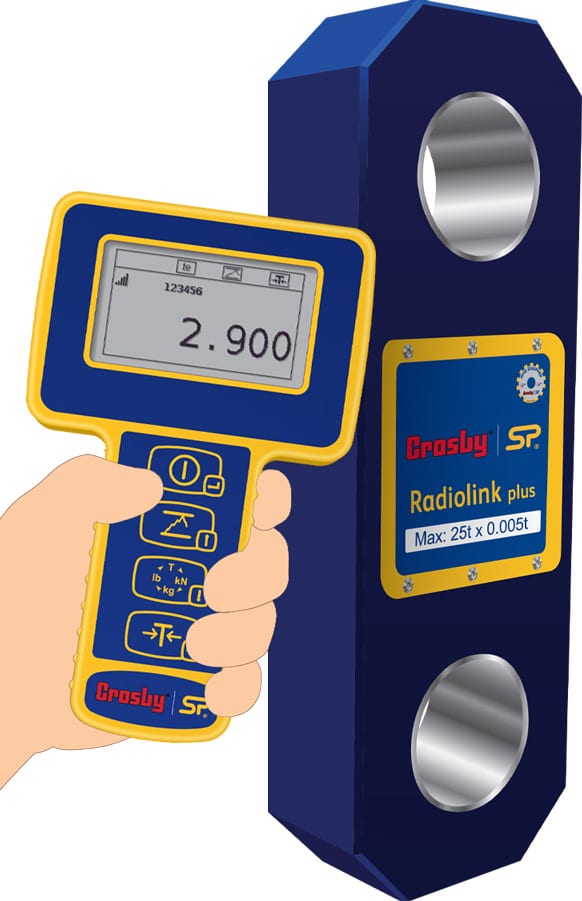Wireless tension load cells are a type of load measuring system that not only helps you to measure weight but also offers usability for several crucial applications such as pulling force measurement and tension measurement. Therefore, when you require to measure weight during lifting or pulling force, for safety reasons, a wireless tension load cell device is the most perfect choice for you. In the case of lifting a load, measurement of weight becomes crucial for mainly two reasons- i) in order to obtain information regarding weight, tension, pull force, etc. of the materials, ii) to safeguard personnel, equipment, and infrastructure from overloads. The wireless load cells also assist to enable an effective workflow and these systems are really convenient. Also, a wireless system is much easier to install and eliminates the need of using wires. In this article, we will explain to you why wireless tension cells are crucial for controlled cable tensioning and pull force measurement.
Major Applications of Wireless Tension Load Cells:
The tension load cells are mainly essential for measuring the pulling power, tension, and weight. Let’s take a look into two major applications of these systems-
Controlled Cable Tensioning:
When we build communication and electricity lines, proper tensioning is very much important to deal with the environmental influences, for instance, change in temperature. In this case, controlled cable tensioning is crucial to attaining optimal tensioning in the cables. A wire pull test is important for these types of applications where cables are employed. Besides communication and electricity lines, cables get involved in several other applications, such as antenna guy wires, suspension bridges, and large tents with tension wires.
Bollard Pull Test:
Bollard Pull test is important for the measurement of towing or pull force where a tug is involved. In This test, the wireless tension load cell takes place in the tethering or hitching line and the tug gets tied to one or more bollards. While the tug applies tension to the hitching line, the load cells help to calculate the applied load.

What Essential Characteristics Should the Wireless Tension Load Cells Possess?
In the case of controlled cable tensioning and Bollard tests, the measuring system should be able to maintain the stabilization of the structures. A tension load cell should possess the following characteristics for cable pull test applications-
- Battery Life: In order to help you monitor tensions for a lengthy period of time, the battery of the measuring system should be about 2000 hours so that you don’t need a battery swap for months.
- Portability: The measuring system has to be easily portable with small weight and dimensions. Portability of the systems helps you to easily use the systems in climbing service towers and poles. If a wireless load cell is portable, you can include telecom workers and electricity utility.
- Wireless Display: The systems should have wireless remote displays so that you can measure the readings from a safe distance.
- Accuracy: For ensuring efficient and safe monitoring of the loads, the measuring system should provide high accuracy.













Leave a Reply